Most cat owners have experienced those moments when their feline companions seem to act in ways that defy logic or convention. Your cat might bring you a dead mouse as a “gift,” scratch up your favorite furniture, or suddenly burst into action at 3 AM. These behaviors often frustrate us, leading many owners to try correcting what they perceive as problematic actions.
However, what many people don’t realize is that these seemingly troublesome behaviors are deeply rooted in millions of years of evolution. Cats behave mostly off instincts, and they are descended from a solitary, territorial ancestor. Attempting to control such instincts is not only futile but could compromise the cat’s welfare, as most behavioral disorders result from the cat being prevented from achieving emotional equilibrium. Rather than fighting these natural tendencies, understanding and accommodating them creates a happier, healthier relationship between you and your furry friend.
Hunting and Pouncing Behaviors

Cats are natural predators, and their hunting instincts help them survive in the wild. Even though your cat might be living a pampered life indoors, their wild ancestors were natural hunters, and this instinct manifests in behaviors like chasing and pouncing, which can seem playful or aggressive.
These activities are essential for your cat’s mental and physical stimulation, as engaging in these behaviors allows cats to exercise their muscles and hone their reflexes. The act of hunting is instinctive and helps them to release their energy and keep their skills sharp, while also providing them with a sense of satisfaction and a feeling of accomplishment.
Scratching Furniture and Surfaces
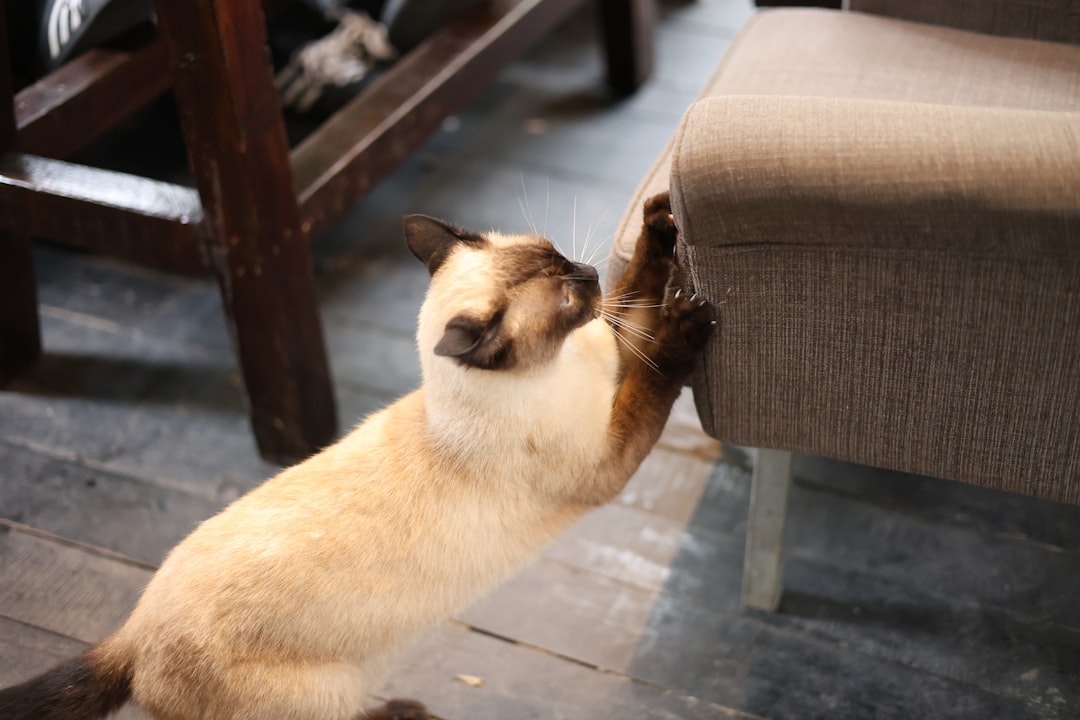
Everyone seems to know that cats tend to scratch a lot, and this is another instinctive behavior that comes from the need to protect themselves. Scratching sheds the dull layer of a cat’s claws and exposes a fresh, sharp claw, while also serving as an exercise method and a way to mark their territory by putting their scent on whatever they are scratching.
Scratching provides your cat the opportunity to practice nail care, stretch and exercise, and deposit scent markers (pheromones). Cats have a natural instinct to scratch, so you shouldn’t try to stop this behavior entirely; rather redirect it to an appropriate place. Many owners are annoyed by their cat’s instinctive habit of scratching on friable surfaces, behaviour that is perfectly natural from the cat’s perspective, and only a problem to the owner.
Climbing to High Places
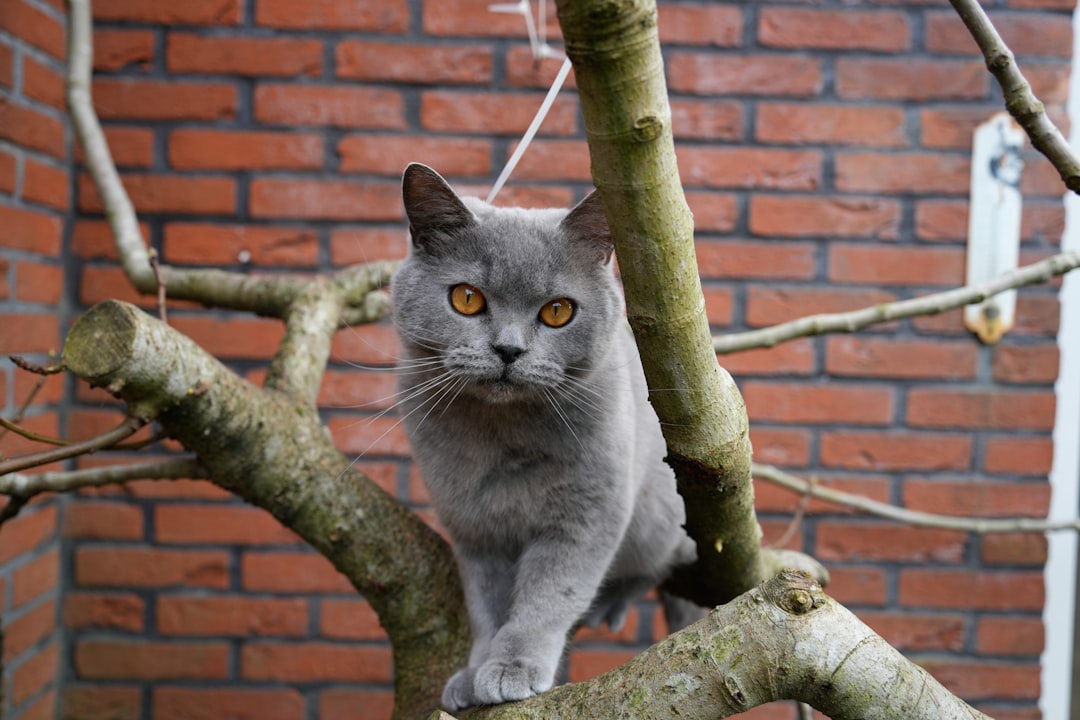
Instinct plays a large role in determining this feline habit, as cats are tree-climbing mammals that descended from Proailurus, the first true cat. Their claws enabled them to climb skillfully, escaping into trees for safety or climbing up high to lie in wait for prey. In other words, climbing had survival value and became hard-wired as a way of life for cats.
In the wild, cats are both predators and prey. As hunters, they instinctively seek out higher levels to view their surroundings and assess their environments. Surveying the area from an elevated location allows cats to both observe their surroundings for food and protect themselves from attack by a larger predator. Many of these predators might not be able to climb as high as a light, agile cat.
Excessive Grooming Sessions
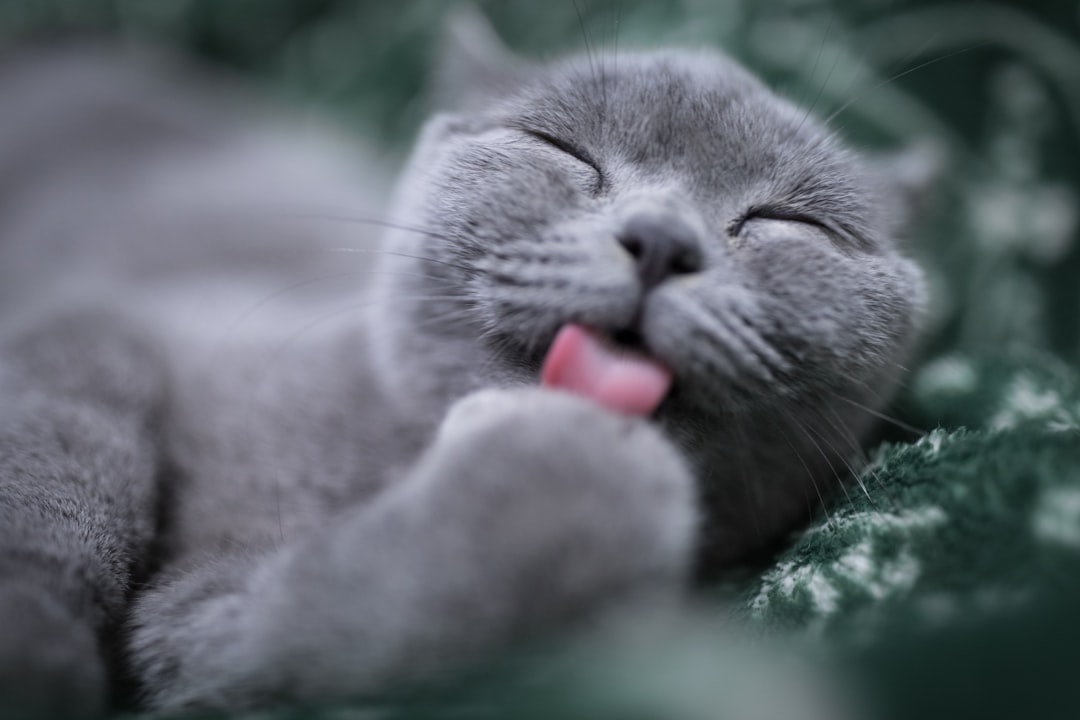
Grooming actually serves many purposes in cats, and they first learn this behavior from their mother. For our furry friends, licking and grooming themselves is a natural behavior that all cats do, using it as a way to clean, cool down, and soothe themselves.
This behavior is also deeply rooted in their survival instincts, as cleaning the fur gets rid of odors that could potentially alert predators to their presence. Cats spend 30 to 50 percent of their day in grooming activities, with most cats spending anywhere from 30% to 50% of their waking hours self-grooming. You never want to discourage self-grooming because it is integral to your cat’s well-being and socialization with other cats.
Kneading with Their Paws

Kneading, often referred to as “making biscuits,” is a behavior rooted in kittenhood, as kittens knead their mother’s belly to stimulate milk flow. As adults, cats continue this behavior as a way of showing contentment and seeking comfort.
Domestic cats will almost always knead on soft surfaces like blankets and they sometimes will purr while they are doing it. It is a behavior that shows that is comforting to cats and isn’t something to be worried about. It’s a sign that your cat feels safe and relaxed with you, and while kneading can sometimes be uncomfortable if your cat uses their claws, it’s important to let them express this natural behavior.
Bringing You “Gifts” of Prey
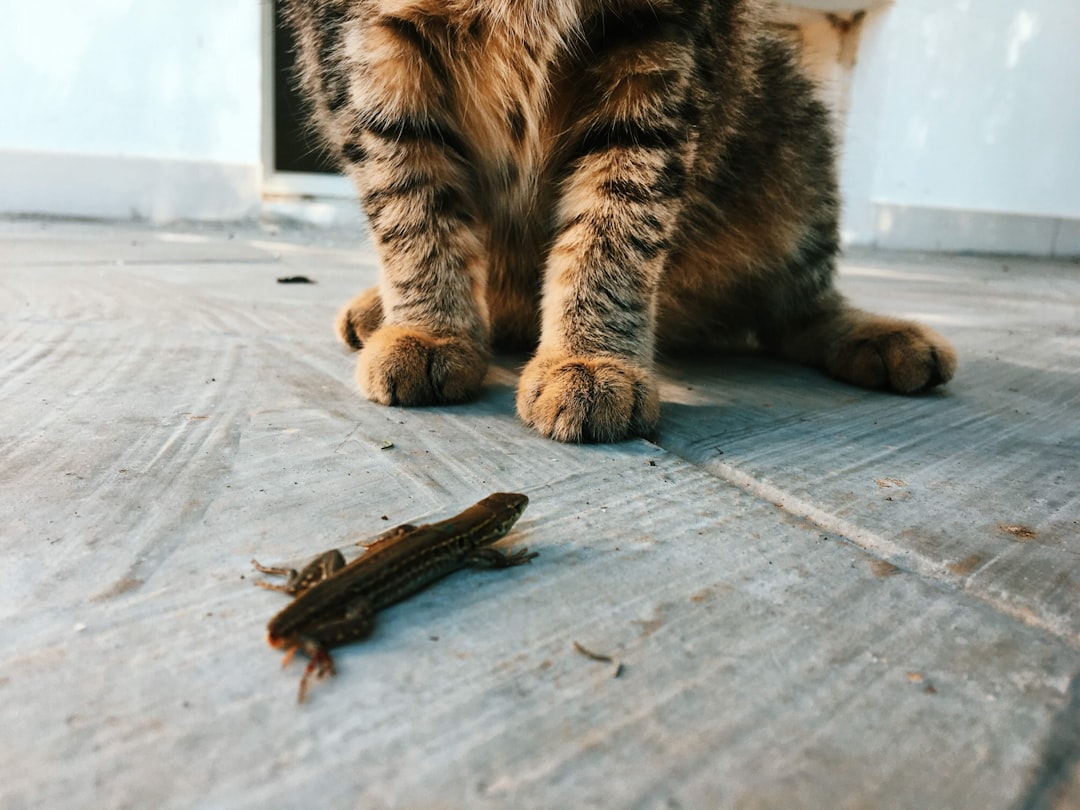
When cats hunt insects and mice in your home, they may bring it back to you and drop it right in front of your foot. This is probably the last thing you want to see, but your cat sees it as a gift. This comes from when wild cats would bring the prey back to their kittens and drop it to be eaten.
The cat brings this to you to show off their accomplishment and provide you with a token of their appreciation, so don’t yell at them for doing this! When your cat presents you with such offerings, they are including you in this instinctual behavior. While it might not always be pleasant, it’s a sign of affection and trust.
Nocturnal Activity Bursts

Cats are naturally crepuscular, meaning they are most active during dawn and dusk. This can translate into bursts of energy during nighttime hours, which might disrupt your sleep. This behavior stems from their evolutionary programming when their wild ancestors needed to hunt during these optimal times.
Instead of discouraging this behavior, try to engage your cat in interactive play sessions during the day. This can help expend their energy and encourage them to rest during the night. Providing toys and activities that mimic hunting can also satisfy their nocturnal instincts.
Hiding and Seeking Secluded Spaces

Cats often seek out small, secluded spaces to hide. Whether it’s under the bed or in a closet, hiding provides cats with a sense of security. In the wild, cats use hiding as a way to avoid predators or take a break from the social dynamics of their group.
Cats are a predator and prey species, and although your cat may appear to be a mighty hunter, they have an innate instinct to hide safely should the need arise. Your cat feels safe and secure when they can hide in a cozy, dark spot to rest. It’s important to allow your cat these hideaways, as they can help reduce stress and anxiety.
Vocalization and “Chattering”
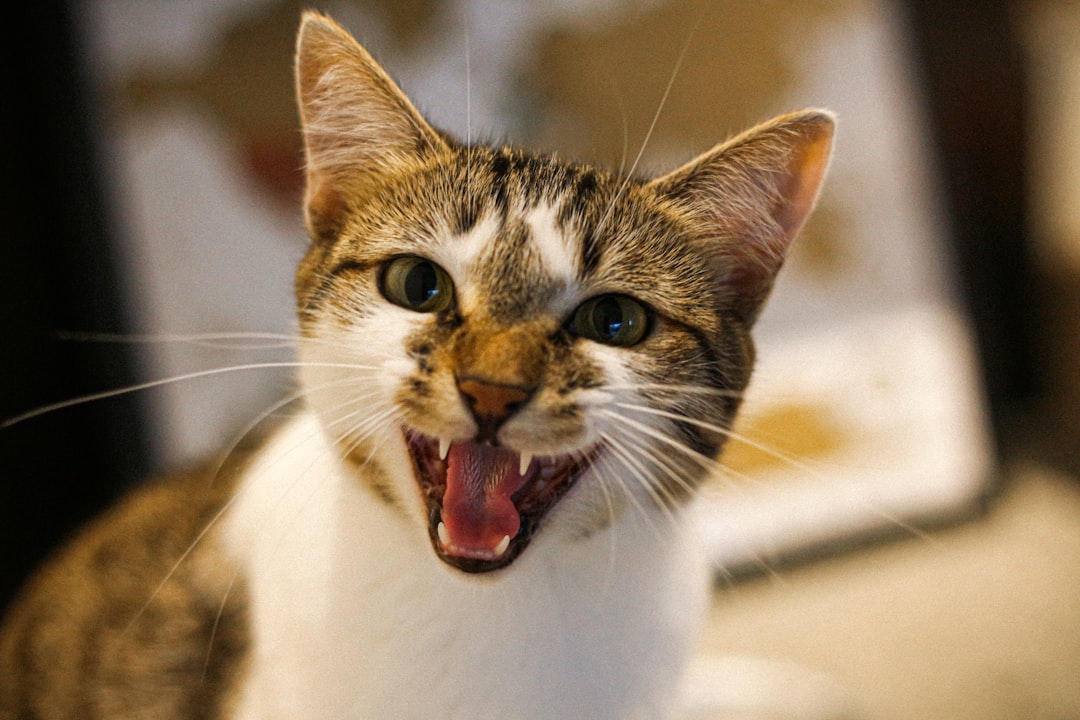
Meowing serves various communicative purposes in cats. It can function as a greeting, a request, a form of protest, or a general expression of attention-seeking behavior. Chattering occurs when hunting or tracking potential prey. This consists of quick chirps made while the mouth vibrates. This behavior may be in response to a surge of adrenaline or may be caused by the anticipation of a pending hunt.
Instead of discouraging vocalization, try to respond appropriately to their signals. Engaging in a “conversation” with your cat can strengthen your bond and ensure their emotional well-being. Each type of vocalization serves a specific purpose in your cat’s communication toolkit and should be respected as such.
Conclusion
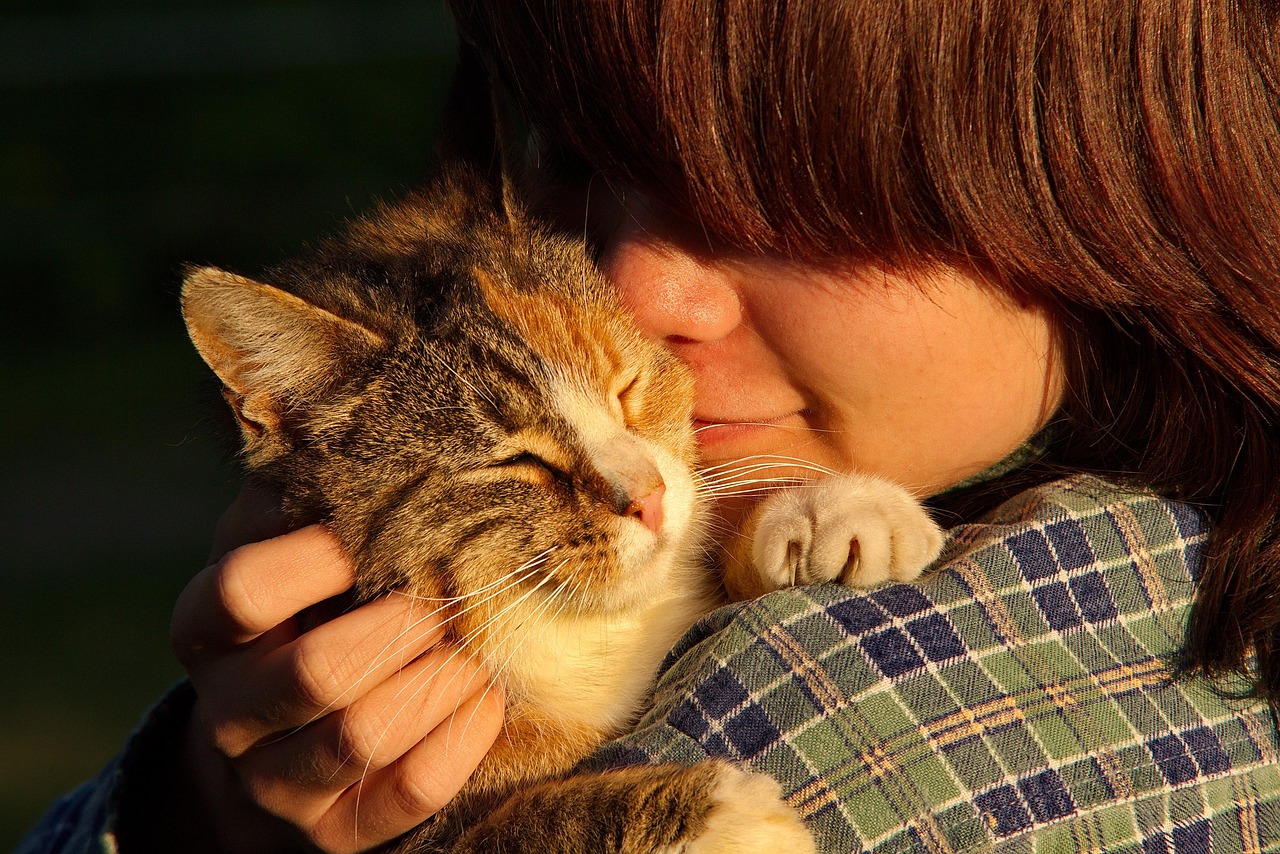
Understanding these natural behaviors is crucial for building a strong, healthy relationship with your feline companion. Understanding and embracing these natural cat behaviors can lead to a happier, healthier life for your feline companion. Rather than fighting against millions of years of evolution, we can work with our cats’ instincts to create environments that satisfy their natural needs while maintaining harmony in our homes.
Remember that your cat isn’t being difficult or stubborn when they exhibit these behaviors. They’re simply following the genetic blueprint that has ensured their species’ survival for millennia. By providing appropriate outlets for these instincts and showing patience and understanding, you’ll discover that living with a cat becomes far more rewarding. What surprised you most about these natural behaviors? Share your thoughts with us in the comments.





